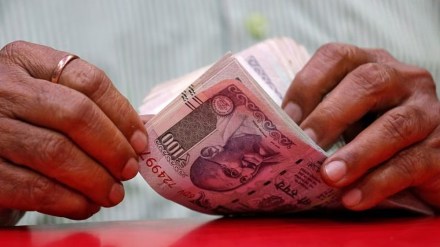On top of the 100-day report card of the ministry of commerce and industry is a fresh set of initiatives to establish a world-class manufacturing ecosystem in the country. There has also been a clutch of steps to boost export opportunities via non-traditional means including e-commerce, and promote ease of doing business.
Sluggish exports, partly caused by the slump in global trade, geopolitical tensions, and persisting protectionist tendencies, continue to be worrisome. While labour-intensive sectors are the most affected, there are smart gains in newer areas like electronics. In low-value addition sectors lie petroleum products, export performance remain volatile.
The union cabinet approved 12 new industrial cities at one go at its meeting last month under the National Industrial Corridor Development Programme (NIDCP) taking the total number of such industrial cities to 20. Four such cities are already operational and four are coming up. All these cities are located along the industrial corridors across the country.
In the realm of exports the push in the initial months has come for e-commerce exports, which is seen as exploding in the years to come. At present India’s e-commerce exports are close to $ 5 billion and by 2030 it has the potential to touch $ 200-300 billion . The government has extended the incentives available to other exporters to those who book orders through online platforms and send products by courier. They can now avail of the flagship schemes like Remission of Duties or Taxes on Export Products (RoDTEP), Rebate of State and Central Taxes and Levies (RoSCTL) and Drawback.
The framework for e-commerce export hubs (ECEH) has been prepared and applications from interested companies have been invited to set up these hubs.
ECEH will function to achieve agglomeration benefits for e-commerce exporters like storage, packaging, labelling, certification and testing and other common facilities for the purpose of exports.
In the Foreign Trade Policy of 2023 the intent and roadmap for setting up e-commerce export hubs was outlined. They have been proposed as designated areas, which would act as a centre for favourable business infrastructure and facilities for cross border e-commerce activities.
Global e-commerce exports are expected to touch $2 trillion in 2030 from $800 billion now.
China, which is a leader in e-commerce exports, is also a pioneer in export hubs for e-commerce. China’s exports through this route are 6.4% of its total merchandise exports in 2023 while for India this figure stands at 1.14%.
For ease of doing business the government has launched Trade Connect e-Platform to serve as a single point contact for existing and aspiring exporters. It will provide connectivity to exporters with all relevant government departments, Indian missions abroad, provide information in market opportunities,
Queries under export-import regulations, trade finance and insurance, incentive schemes, trade disputes, logistics, support for export to foreign markets. foreign government procurement opportunities and investment opportunities can be submitted for resolution on that platform.
At the first Board of Trade meeting after the government took over, the Jan Sunwai Portal was launched. It will be run by the Directorate General of Foreign Trade (DGFT) s a video conference-based virtual interface to streamline communication between stakeholders authorities, addressing trade.
